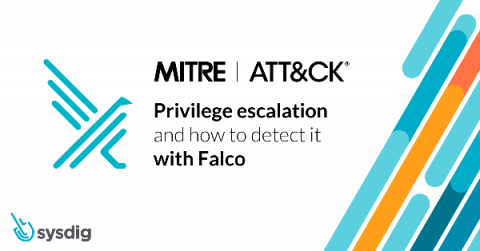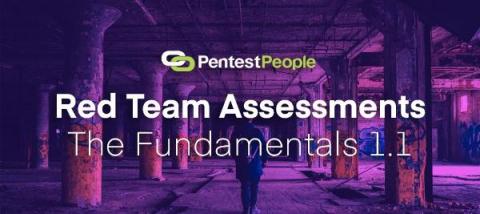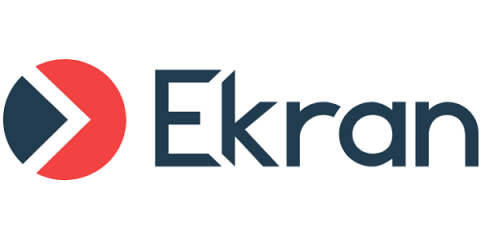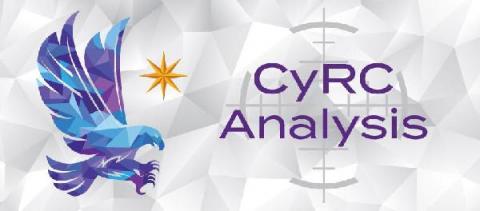Snyk's new vulnerability cards - fix issues fast with a new look and feel
One of our missions at Snyk is a simple one: help developers fix things easily. We further our mission by releasing features and improvements as quickly as possible, but it’s also just as important that developers have an experience which helps them gain as much value from Snyk as possible. This includes being able to quickly understand what needs to be fixed, and making that task incredibly easy.











